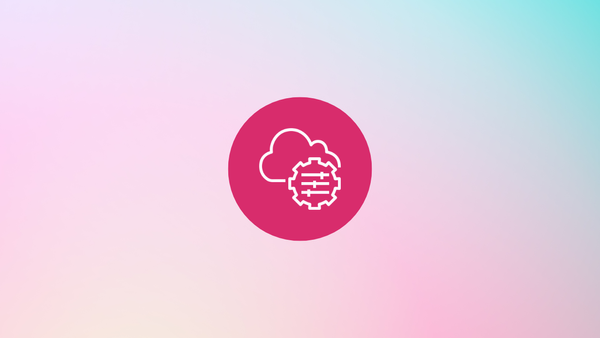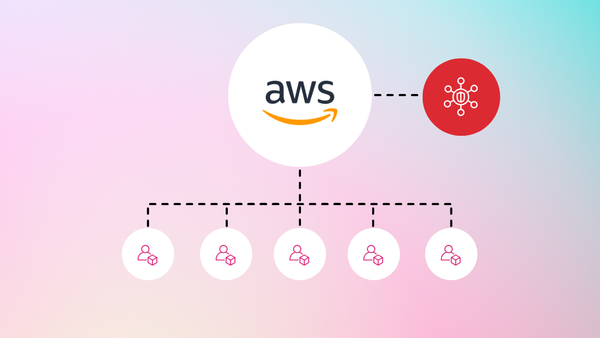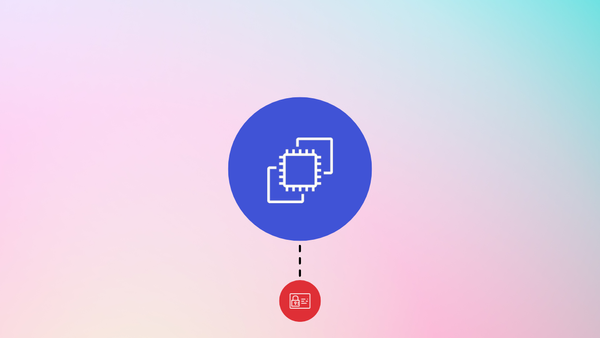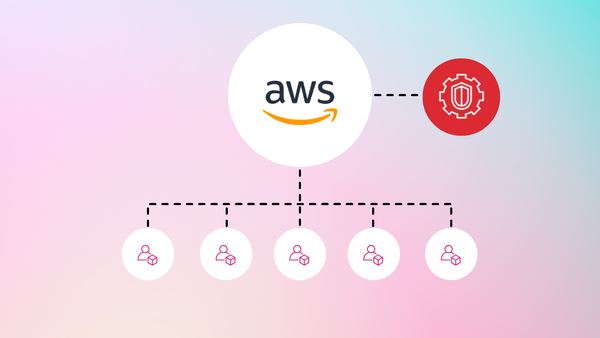As more and more businesses move their operations to the cloud, it's becoming important to ensure the security of your data and applications. While AWS provides a wide range of security tools, it's up to you to put in place best practices. In this article, we'll look at best practices for 6 AWS services that you should implement to keep your cloud safe. If you want to know which AWS security services are a must-have, check out my previous article:

Table of content
🔐 Identity and Access Management (IAM)
📑 Cloud Security Posture Management
🔇 DDoS Resiliency
🔏 Data Protection & Privacy
📚 Compliance with AWS Artifact
🔔 Incident Investigation & Response
🔐 Identity and Access Management (IAM)
AWS IAM is a powerful tool for controlling access to your AWS resources. It's important to implement best practices to ensure that only authorized users can access your data. Some best practices for IAM include:
- Use multi-factor authentication (MFA) for users
- Safeguard root account credentials and only use them for emergency tasks
- Use roles instead of sharing long-term credentials
- Use policies to restrict access to specific resources
- Rotate credentials regularly
- Use the IAM Access Analyzer to remove unnecessary permissions from roles and policies
📑 Cloud Security Posture Management
AWS Security Hub is a security management service that aggregates security findings from other AWS services. To use the full potential, you should follow the following best practices:
- Aggregate security findings in one account
- Review and respond to security findings regularly
- Use Security Hub to monitor compliance with regulatory requirements (CIS AWS Foundations, PCI DSS, AWS Foundational Security Best Practices)
- Develop automation processes to alert on critical security findings
🔇 DDoS Resiliency
Distributed Denial of Service (DDoS) attacks can be devastating to your business. So it's important to implement best practices to protect yourself against them. Some best practices for DDoS resiliency include:
- AWS Shield is available by default to protect against DDoS attacks (Check if AWS Shield Advanced is required)
- Use Amazon CloudFront to distribute your content
- Use Amazon Route 53 to route traffic away from your infrastructure during a DDoS attack
- Setup AWS Firewall Manager policies for different cloud native services
- Use AWS WAF to define actions in case of a DDOS attack
🔏 Data Protection & Privacy
Protecting your data is essential to ensuring the security of your business. Some best practices for data protection and privacy include:
- Use AWS Key Management Service (KMS) to encrypt your data
- Use S3 Glacier Vault Lock for storing archives
- Use Amazon Macie to discover and protect sensitive data automatically
- Encrypt all data and services by default
📚 Compliance with AWS Artifact
AWS Artifact is a service that allows you to access AWS compliance reports. To ensure compliance with regulatory requirements, it's important to:
- Review and download the necessary compliance reports
🔔 Incident Investigation & Response
Incident investigation and response are essential aspects of security best practices. Some best practices for incident investigation and response include:
- Use AWS CloudTrail to log all AWS activity
- Use Amazon CloudWatch to monitor your environment
- Create CloudWatch alarms for CloudTrail and other events
- Use Amazon GuardDuty to detect and respond to security threats
- Use Amazon Detective to analyze and visualize security issues
- Utilize AWS Systems Manager Incident Manager to speed up incident
Conclusion
Implementing security best practices is essential to ensuring the security of your business on AWS. By following the best practices outlined in this article, you can help protect your data and comply with regulatory requirements. This is the minimal baseline and needs to be extended over time with additional security measures.










Member discussion